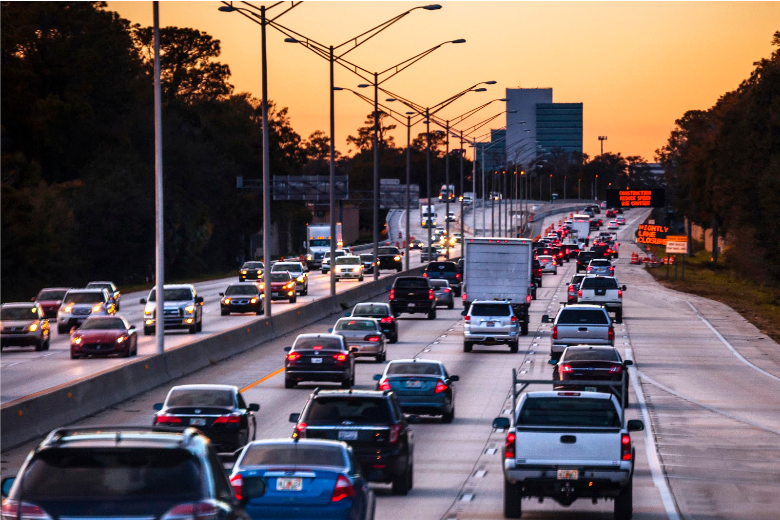Urban vs. Rural FedEx Routes: Is One Better than the Other?
As you research available routes in preparation for becoming a FedEx contractor, you will need to first decide between urban routes (i.e., metropolitan areas) and rural routes. Because both options come with unique challenges and benefits that will ultimately impact the profitability of your business, it is important to break down the pros and cons of each before you make your initial investment.
Let’s start with urban routes.
On the plus side, overall operating expenses are typically lower for urban customer service areas—or CSAs, as FedEx refers to them. Fewer miles traveled between deliveries means you will pay less in fuel costs. It also means less wear and tear on your vehicle fleet, and subsequently fewer maintenance and repair costs over time.
With the money saved on fuel and vehicle expenses, FedEx route owners are often able to offer more competitive wages, which helps to attract and retain quality drivers, in turn helping to eliminate the stress of high turnover rates.
That said, urban CSAs also have their challenges.
Drivers must be able to navigate and adapt to heavy traffic conditions, maneuvering in tight spaces, construction delays, one-way streets, complicated delivery requirements, parking and traffic violations, and of course the everyday stress of driving in the city. Because of these obstacles, driver training for urban routes is typically longer and more intense.
Rural routes also have their pros and cons.
Driving in rural CSAs is far less stressful for drivers. For starters, there is very little traffic, plenty of space to park and maneuver a truck or van, and fewer stops to make and packages to deliver. As a result, drivers are more productive and feel more satisfied in their positions, so turnover rates are often lower.
All of this means that rural routes are very attractive to drivers, who typically stay in their positions longer, but there are still a few drawbacks.
Because the cost of living is typically lower in rural areas, drivers are often paid less than their urban counterparts. This is great for FedEx route owners, because it keeps your expenses low, but it may be a deterrent for drivers looking to make more money. Also to your benefit, insurance costs are usually lower for rural fleets because there are fewer traffic violations and/or minor accidents or collisions to deal with than in urban routes.
Finally, rural routes cover significantly more miles, which means more wear and tear on your vehicle fleet and more frequent maintenance and repairs. The cost of fuel will also be higher, but owners can help to offset high fuel costs with lighter, more fuel-efficient vehicles that get more miles to the gallon.
Still not sure which option is right for you? Let’s brainstorm the logistics together.
At KR Capital, we specialize in helping contractors buy and sell FedEx routes all across the United States. With a decade of experience to our credit and an average growth rate of 30% annually, we offer the tools and the partnerships necessary to help you launch a profitable FedEx route business anywhere in the country.
Buyers purchasing routes through KR Capital gain access to our exclusive network of FedEx lending partners, along with a proprietary library of resources to streamline the FedEx approval process and countless other resources. Call us today at (503) 664-0753 or fill out our online form and a member of our team will be in touch shortly.




